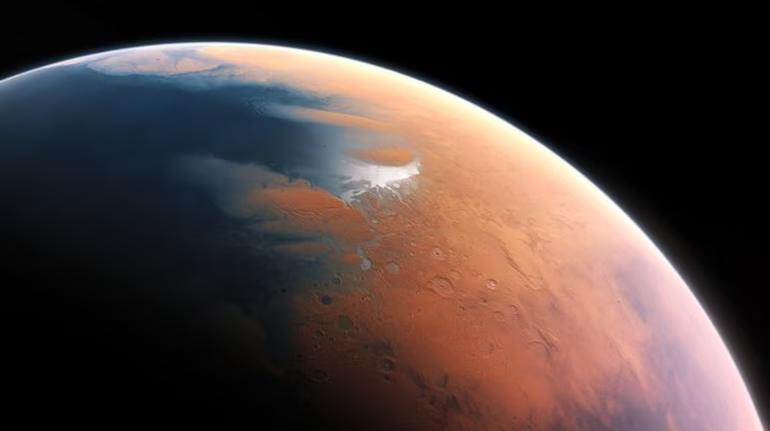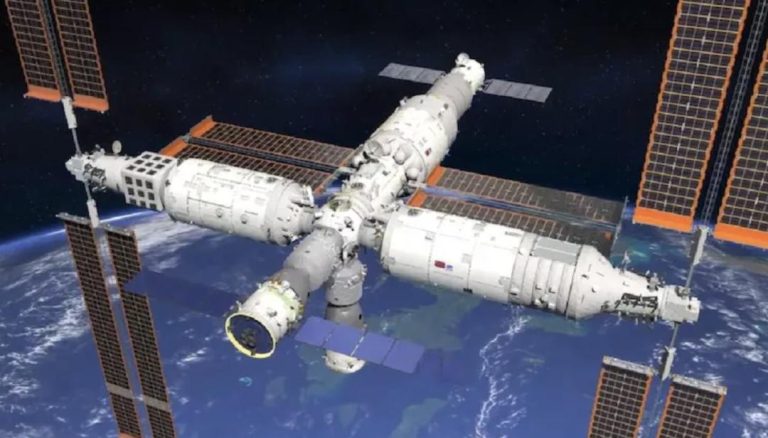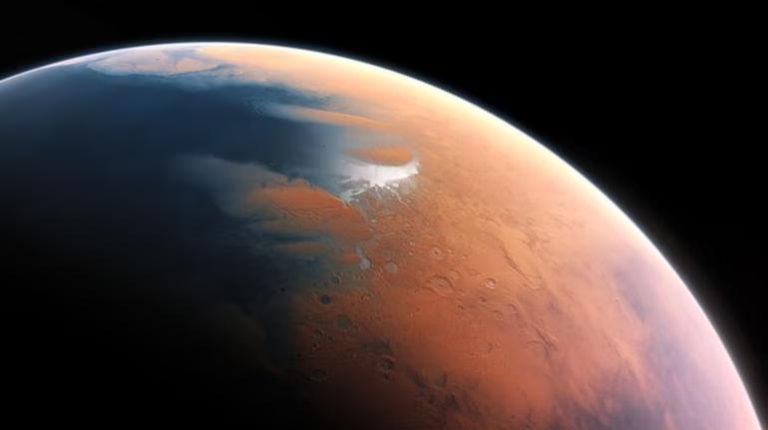
Mars May Have Once Had Rain & Snowfall, Finds New Study
The red planet, Mars, has long been a subject of fascination and exploration for scientists and space enthusiasts alike. With its barren landscape and rusty red hue, it’s easy to imagine a desolate and lifeless world. However, a recent study by the University of Colorado Boulder has shed new light on the planet’s past, suggesting that Mars may have once experienced rainfall and snowfall, feeding valleys and channels.
Studies have long suggested that there is evidence that at least some water existed on the surface of Mars around 4 billion years ago. This is a significant finding, as it suggests that the planet may have been capable of supporting life in the distant past. However, the source of the water has not been ascertained yet.
The new study, published in the journal Science, analyzed data from NASA’s Mars Reconnaissance Orbiter and found evidence of ancient riverbeds and lakebeds on the planet’s surface. The researchers used advanced computer models to simulate the conditions on Mars billions of years ago, and their findings suggest that the planet may have experienced a more hospitable climate than previously thought.
According to the study, Mars may have had a thicker atmosphere in the past, which would have trapped more heat and allowed liquid water to exist on the surface. This would have created a more Earth-like environment, with rainfall and snowfall being a regular occurrence. The researchers suggest that the water would have flowed through valleys and channels, creating a network of rivers and lakes that would have been capable of supporting life.
The study’s lead author, Dr. Sarah Hörst, a planetary scientist at the University of Colorado Boulder, said in a statement, “Our findings suggest that Mars had a thicker atmosphere in the past, which would have allowed liquid water to exist on the surface. This would have created a more Earth-like environment, with rainfall and snowfall being a regular occurrence.”
The researchers used data from NASA’s Mars Reconnaissance Orbiter to identify areas of the planet’s surface that were once wet and may have been capable of supporting life. They analyzed images of the Martian surface and found evidence of ancient riverbeds and lakebeds, as well as features that suggested the presence of water in the past.
The study’s findings are significant, as they suggest that Mars may have been capable of supporting life in the distant past. This raises the possibility that microbial life may have existed on the planet, even if it was only for a brief period of time.
While the study’s findings are exciting, they also raise more questions than they answer. For example, what was the source of the water on Mars? Was it the result of comets or meteorites, or did it originate from the planet’s interior? The researchers acknowledge that these questions are still unanswered, but they suggest that the study’s findings provide new insights into the planet’s past and may help to inform future missions to Mars.
The study’s findings also have implications for the search for life on Mars. If the planet was capable of supporting life in the distant past, it’s possible that some form of life may still exist today, even if it’s only in the form of microorganisms. This raises the possibility that future missions to Mars may be able to detect signs of life, even if it’s only in the form of fossilized evidence.
In conclusion, the study’s findings suggest that Mars may have once had rainfall and snowfall, feeding valleys and channels. This raises the possibility that the planet was capable of supporting life in the distant past, even if it was only for a brief period of time. While the study’s findings are exciting, they also raise more questions than they answer, and further research is needed to uncover the secrets of Mars’ past.






